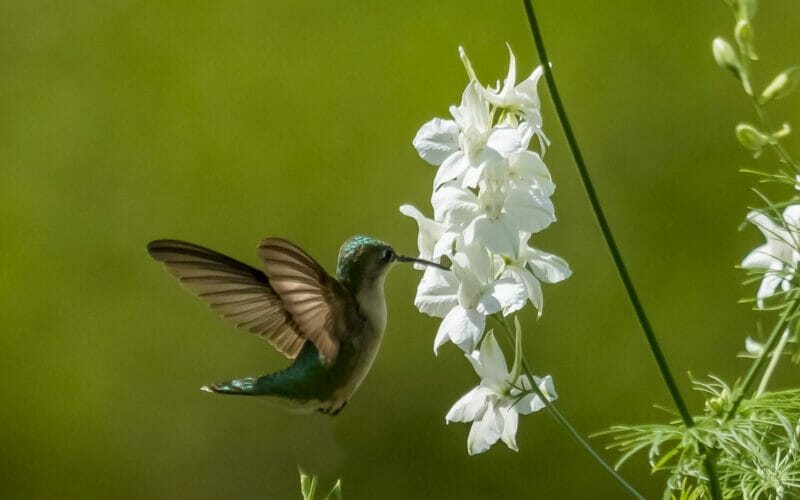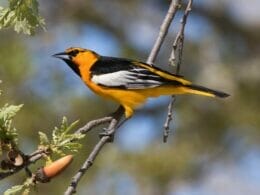Crows are a common sight in most countries around the world, and due to their appearance and habits, they have gathered something of an association with death, morbidity, darkness, and bad omens.
Despite this, the crow is actually an intelligent and gentle bird, and one that plays an important role in the ecosystem in which it lives.
But what exactly is a group of crows called, and why do they have such a dark image?
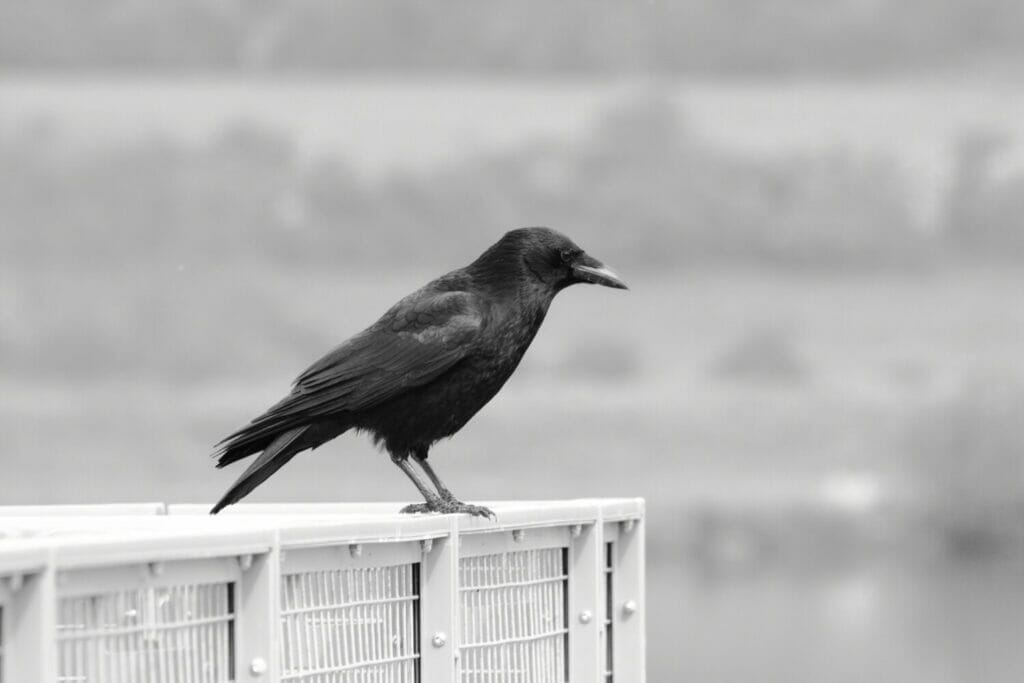
What are groups of crows called?
While many collective terms for animals can be strange, there is perhaps none more so than crows. A group of crows is referred to as a ‘murder’ of crows – and this undoubtedly goes some way to add to the image that the species has.
Why are crows referred to as a ‘murder’?
Groups of crows have long since been referred to in this fashion, and there are numerous origins for why this came to be – ranging from folklore to superstition.
History & Folklore
One specific aspect of crow folklore suggests that groups of crows would congregate together in a council to decide the capital punishment or fate of another crow. This perhaps most commonly comes from the fact that they are known to gather in groups on the ground – and this idea snowballed into the macabre image we now have of them.
Bad Omens
Crows have typically been seen as an omen of death throughout the ages, and there are a few reasons for this.
The first reason for this is that crows are scavenger birds that feed on carrion – that is, the decaying, dead flesh of other animals and humans. This also means that throughout history they have been regular fixtures in cemeteries, battlefields, and at the scene of plagues and mass illness. That has led them to develop an image of a deathmonger; a bad omen that brings death with it.
Another reason is their black appearance – a color that has always had association with death and mourning, as well as in other forms of folklore and superstition like the ‘black dog’.

Animal Behavior
Due to their nature as scavenger birds, they are also known to circle in groups above sites where death is thought to occur. This has led to the wider association of the bird with death, and why the sight of a crow on a gloomy evening still brings chills to some people. After all, we have all had the misfortune of being in a cemetery at one point or another, and a trip to such places usually includes sightings of one or more of these curious birds.
Poeticism
Another reason is that the description of a ‘murder’ comes from a much more poetic, lyrical time, where groupings of animals were referred to in more colorful terms. This poetic naming tradition can be seen in other animals too, such as a parliament of owls, an ostentation of peacocks, a skulk of foxes, and a knot of frogs.
What’s more, the image of such birds (and other scavengers) have long been a part of poetry and fiction writing – with one notable example being the raven in Edgar Allan Poe’s poem of the same name, which appeared as a mocking specter of death, lost love, and regret.

Photo by Imogen Warren
What do crows eat?
As we mentioned, crows are known for consuming the decaying flesh of dead animals – and this can be in the form of roadkill, bodies on a battlefield, or the carcasses left behind by larger predators.
They will however eat practically anything, and have been known to consume other small creatures like insects, grubs, frogs, snails, slugs, snakes, mice, corn, and even remnants of human food and garbage.
They also have a relatively large appetite, and are thought to consume around 11 ounces of food per day – which is a lot when compared to their size.
Where can crows be found?
The crow is one of the most commonly sighted birds in the world, and can be found on every continent (with the exception of Antarctica).
How many species of crows are there?
As one of the most commonplace birds in the world – and one found so widely dispersed – there are unsurprisingly a lot of different kinds of crows that can be found. In terms of individual species, there are over 40 in the corvus genus – ranging from small, pigeon-sized crows, to larger birds like ravens. Their family is known as the corvidae family, and this also includes bluejays, magpies, and ravens.
There are 3 species in the United States with a couple of other species visiting from South America every few years.
American Crow (Corvus brachyrhynchos)

Range

Fish Crow (Corvus ossifragus)

Range
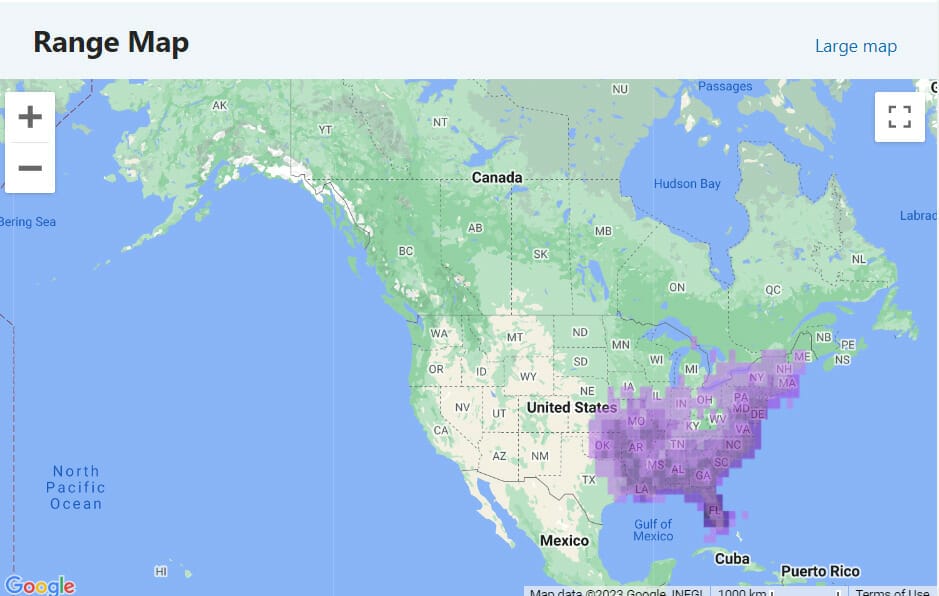
Hawaiian Crow (Corvus hawaiiensis)
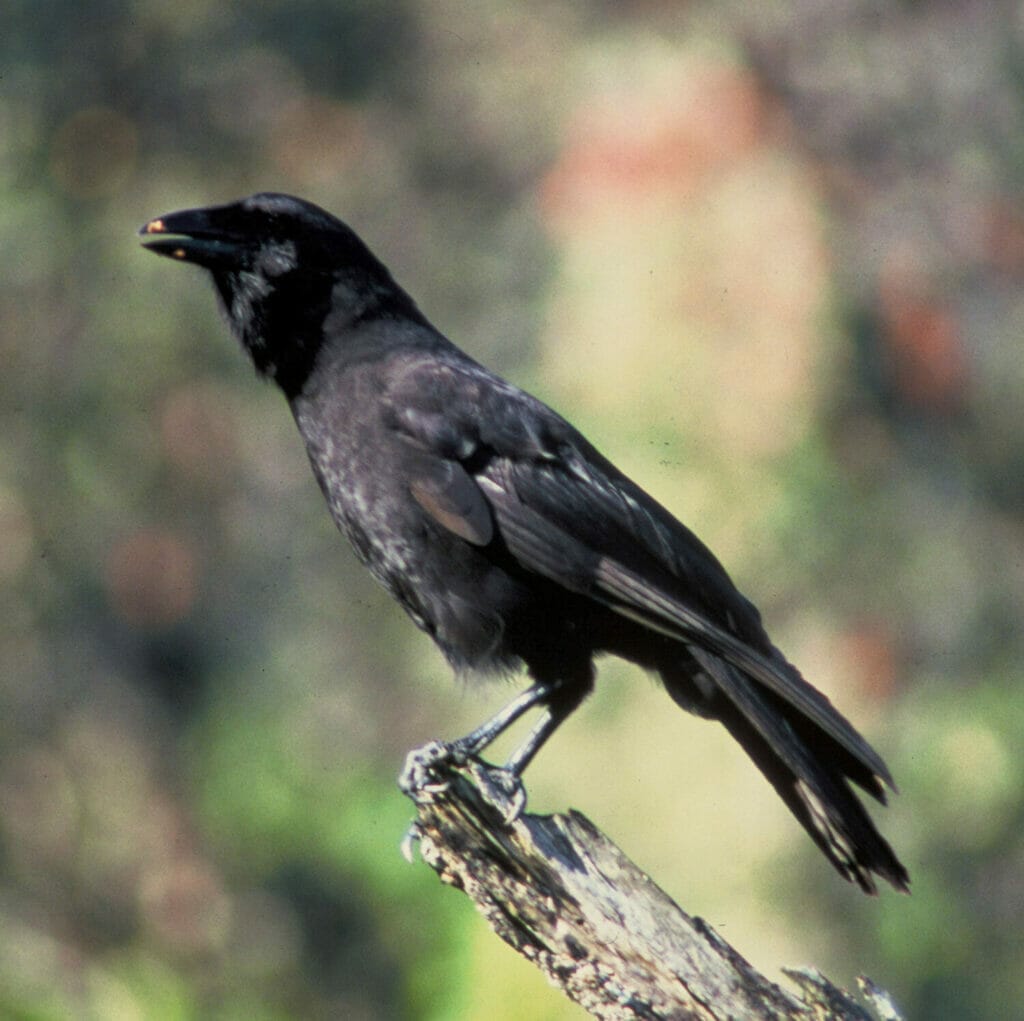
Range
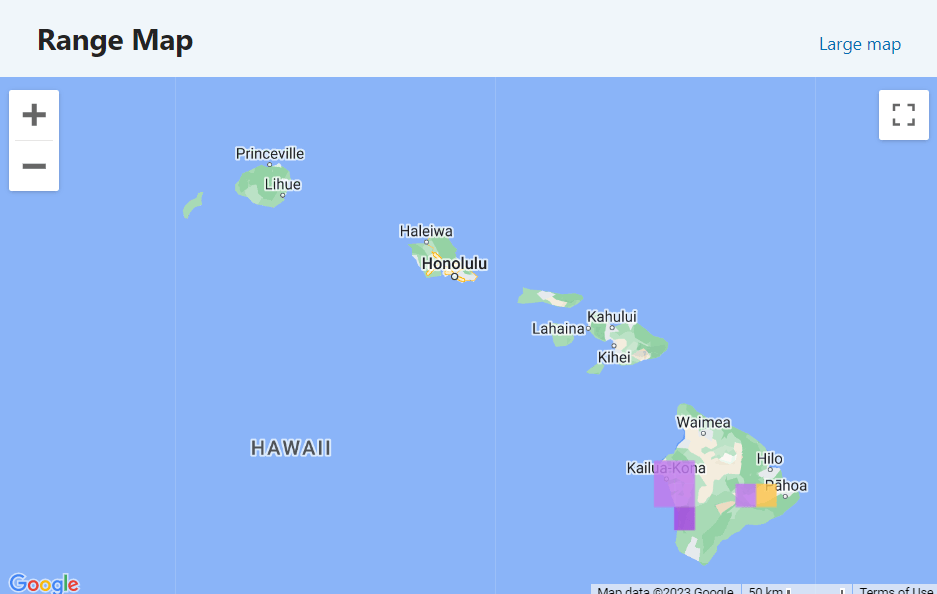
What is their behavior like?
As we have mentioned above, crows have very distinctive behavioral patterns that make them the fascination of experts and ornithologists alike.
Intelligent
They are very intelligent birds, possessing a degree of perception that allows them to accurately predict where their next meal will come from.
Friendly
Despite this they are mild mannered and friendly creatures, and are more than open to being fed – even in the wild. Unusually, they have also been known to form bonds with humans who feed them, even bringing them trinkets and ‘gifts’ as thanks.

Photo by Imogen Warren
Final Thoughts
And there we have it, everything you need to know about crows, and what they are referred to when in groups.
Crows are some of the most fascinating species of birds on the planet, and despite their long association with death, darkness, and other bad omens, they serve an important purpose in the wider ecosystems of where they live – not to mention being incredibly intelligent.
So the next time you see a crow, try not to be dissuaded by their ominous appearance, they serve a greater purpose than you think!
FAQ
During the breeding season, crows are usually in family groups with 2 parents and several young birds. In the fall and winter they will roost in large groups, which can number in the hundreds.
In the non-breeding season crows will gather in very big groups for several reasons. These include the selection of mating partners, warmth and security.
Crows are very clever and have an excellent awareness of their environment. This means they may well spot an approaching predator before other animals and give a loud alarm call.






